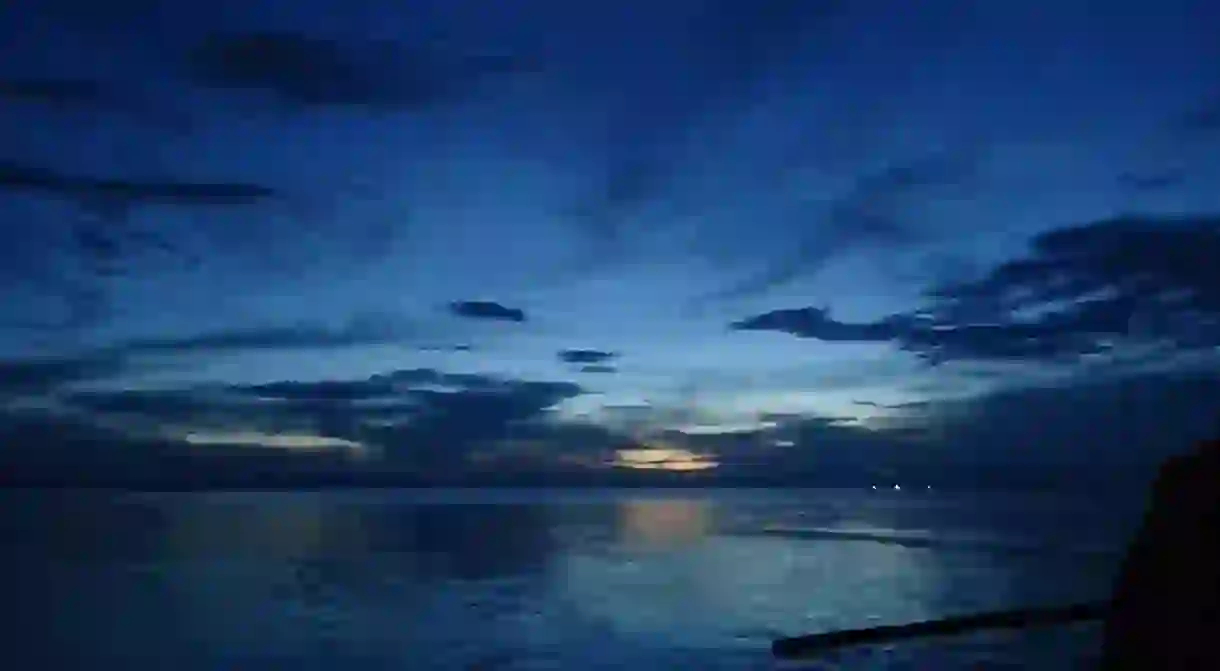The Most Beautiful Lakes in Tanzania

Tanzania houses a fascinating complexity of lakes that are as diverse as they are beautiful, from clear blue water that laps onto beach-like, sandy shores to crater lakes fringed by leafy forests. The region boasts some of the oldest and deepest lakes in the world as well as amazing ecological diversity and gorgeous natural attractions. Read on and add these pearls to your travel itinerary.
Lake Manyara
Park

Lake Eyasi
Natural Feature
Lake Eyasi is primarily visited for its stunning bird life and cultural interaction opportunities with the Hadzabe and Datoga tribes. It is found within the Ngorongoro Highlands area of Tanzania and features purple volcanic walls enclosing a broad expanse of white alkaline shallows. In contrast to the more arid northern regions, Eyasi’s shores are laced with tall palm trees that attract colourful and prolific birdlife such as Fischer’s lovebird, flamingo, pelican, spurfowl and stork. The uniquely beautiful lake varies in size depending on the rains and is especially scenic from June to November when flocks of breeding pelicans and flamingos arrive.
Lake Rukwa
Natural Feature
Although it take some effort to get to Lake Rukwa, once there travellers will delight in its beauty and solitude as very few tourist visit this remote, far western region. Rukwa is located within the Katavi National Park and offers an abundance of crocodiles and hippos as well as a fantastic variety of water birds that include the glossy ibis, white pelican, lesser flamingo and African skimmer. The lake is the fourth largest in Tanzania and has no outlet, which means that water levels vary greatly depending on the season. The abundant grasslands in the valley surrounding the lake are a feasting ground for grazers, while papyrus swamps house rare birds such as the shoebill stork and Tanzanian masked weaver.
Lake Victoria
Natural Feature

Lake Victoria is the largest tropical lake in the world and is bordered by Tanzania, Uganda and Kenya. Its indented shores stretch for over 300 kilometres (186 miles) from north to south and the lake features many archipelagos and shallow reefs. There are numerous scenic islands, including Rubondo Island, the biggest island national park in Africa. Villages that brush the shoreline have a quiet waterside charm and take travellers off the beaten track as they mingle with the locals and absorb the quiet solitude. John Hanning Speke was the first person to document the lake and locate its source in the Nile River, and the Speke Gulf is named in his honour.
Lake Chala
Natural Feature
This crater lake is located in a stunning volcanic area on the eastern slopes of Mount Kilimanjaro. Depending on the time of year, its colours range from a vibrant turquoise to a rich emerald green, reflecting a timeless beauty that is etched in Tanzania’s soul. The lake is fed by underground springs emanating from Mount Kilimanjaro that also nurture the lush, green forests brushing the shoreline. Flowers, shrubs and stunning volcanic savanna grasslands house a variety of wildlife, and birding is fantastic. The area is safe for swimming and walking trails meander around the water’s rim up to the Chala Hills.
Lake Nyasa
Natural Feature
Also known as Lake Malawi, this charming and unspoiled stretch of water is rimmed by the misty green Livingstone Mountains, forming an inspiring backdrop to the silvery lake. To the north and east lies the Kitulo Plateau and the Kitulo National Park, a protected area of beautiful montane grassland, often referred to by botanists as the ‘Serengeti of Flowers’. Crocodiles, hippos and various species of monkeys can be found along the banks, while the marine rich waters provide an important income for the local residents. The calm surface of the lake is ideal for water sports such as sailing, snorkelling and kayaking with the tropical fragrance of mango and cherry trees filling the air. Easy going, laid-back locals who are happy to stop and chat complete this scenic gem.
Lake Natron
Natural Feature














